Marantz CINEMA series: all the amplifiers and receivers explained
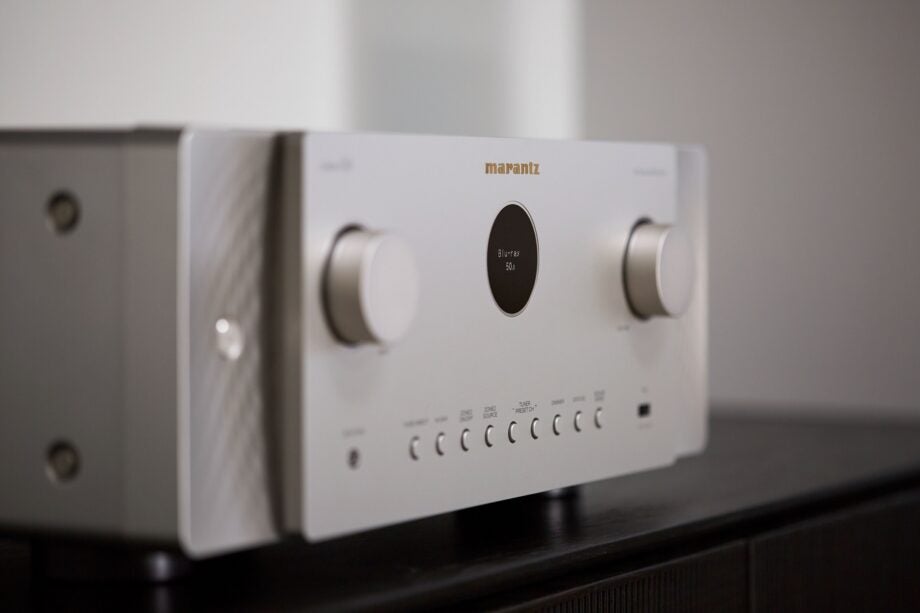
Marantz has unveiled its latest range of amplifiers and receivers for home theatre settings, decked in a new, luxurious design and aimed at those after an easy to install, yet high performance piece of kit.
The Cinema series continues the company’s move into the luxury market, the appearance of the product harks back to the look of products created by founder Saul Marantz in the Fifties, featuring the iconic porthole display, premium construction and a newly-designed remote.
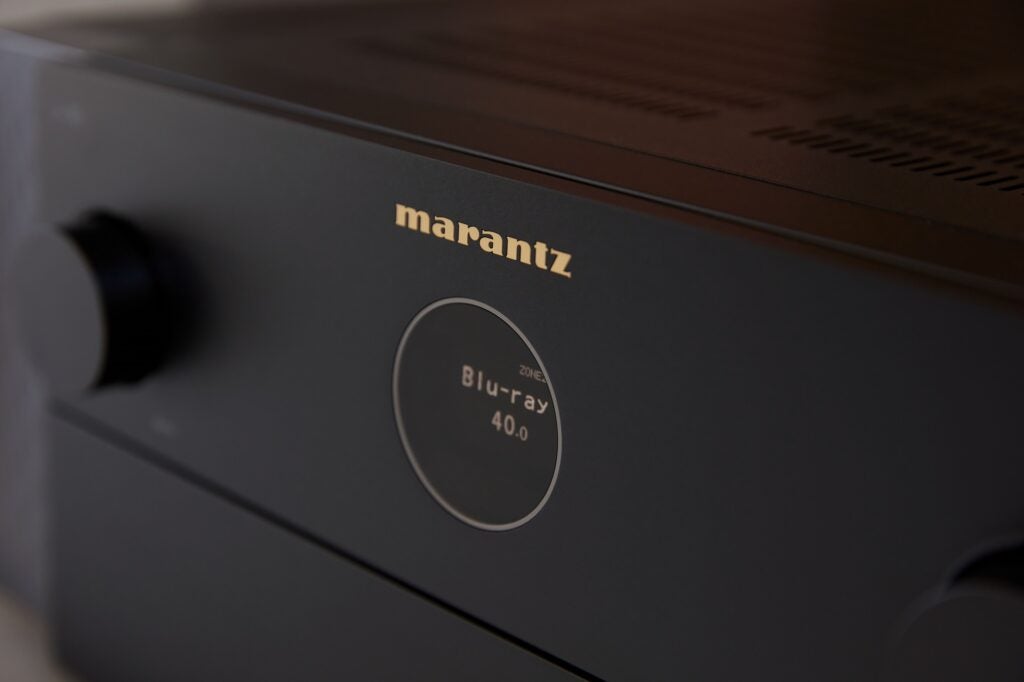
All the amplifiers feature support for immersive audio formats such as Dolby Atmos and DTS:X, while 8K compatibility is available, along with room optimisation technologies, a new graphical UI to make it easier to set the amplifiers up. HEOS is built-in, allowing users to create a multi-room set-up as well as streaming from music services such as Tidal, Amazon Music and Spotify. Bluetooth, Wi-Fi and AirPlay connectivity open up the Cinema range for use with other devices and ecosystems.
Availability for the Cinema range will begin at the end of October 2022 with the Cinema 50 and Cinema 60 AV receivers, with a staggered release of the rest of the range continuing until early 2023.
One thing to note about the naming convention is that the lower the number, the more expensive the product is in price and the performance is. The majority of the NR and SR receivers will be discontinued as they hit end of life, although we believe that the AV8805A separate will be sticking around for a while longer.
Marantz Cinema series
AV 10 / AMP 10
- £5999 / €6999
The AV 10 and AMP 10 are considered to be the apex of performance possible with the new Cinema series. Designed to work together, Marantz’s HDAM technology is built-in, with the AMP 10 featuring 16-channel amplification that Marantz describes as “perfectly matching” the AV 10’s discrete circuitry and 7 HDMI inputs.
Cinema 40
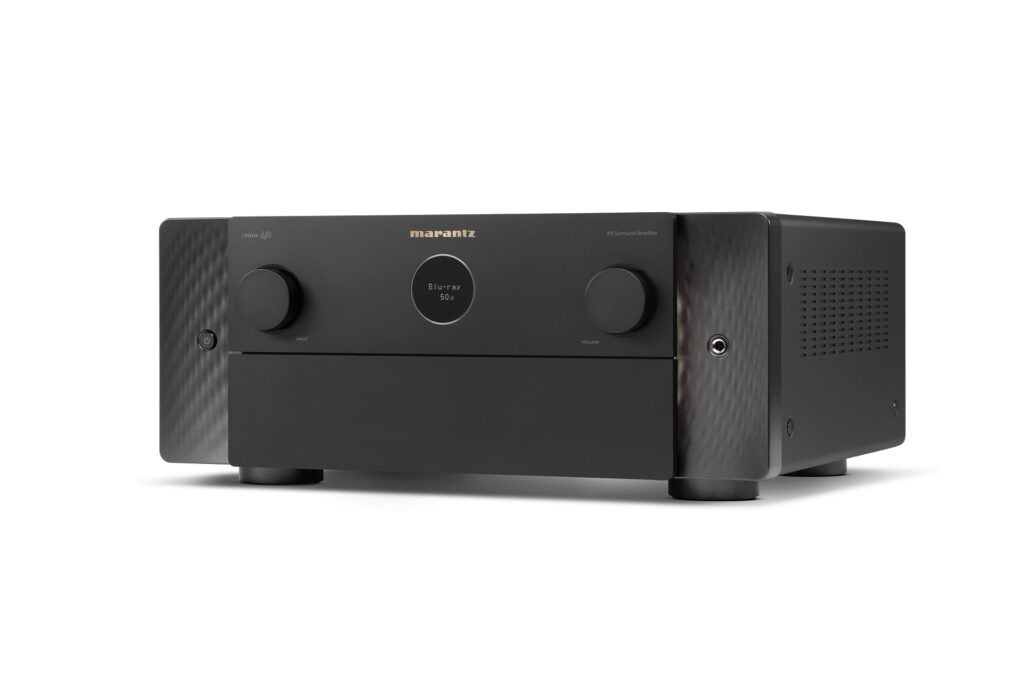
- £2399 / €2799
The Cinema 40 is a 11.4 channel receiver that Marantz’s describes as being suited to a “fully dedicated and immersive home theatre”. Dirac Live features for optimising the receiver’s performance to the measurements of a room. It has 7 8K inputs and can support up to 4 independent subwoofers. The Cinema 40 has been constructed to Marantz’s highest standards at its Shirakawa plant in Japan.
Cinema 50
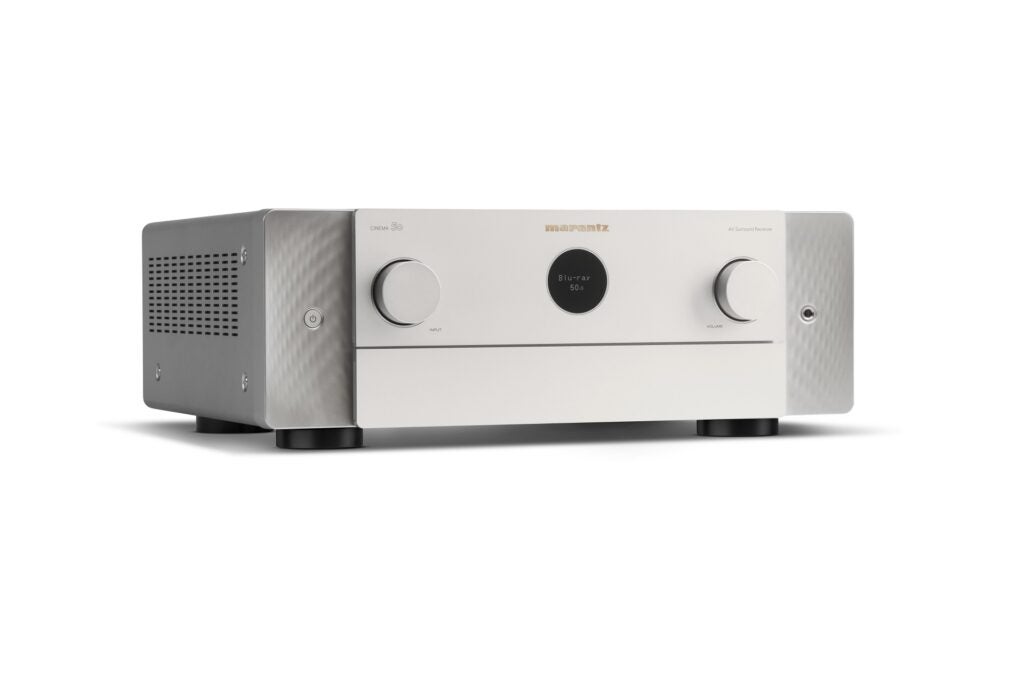
- £1699 / €2000
The Cinema 50 shares some similarities to the Cinema 40 in that it is a 11.4 channel receiver, though the power output is less (110W per channel compared to 125W). It too can handle up to 4 independent subwoofers, supports Dirac Live and can passthrough 4K/120Hz signals.
Cinema 60 – Cinema 60 DAB
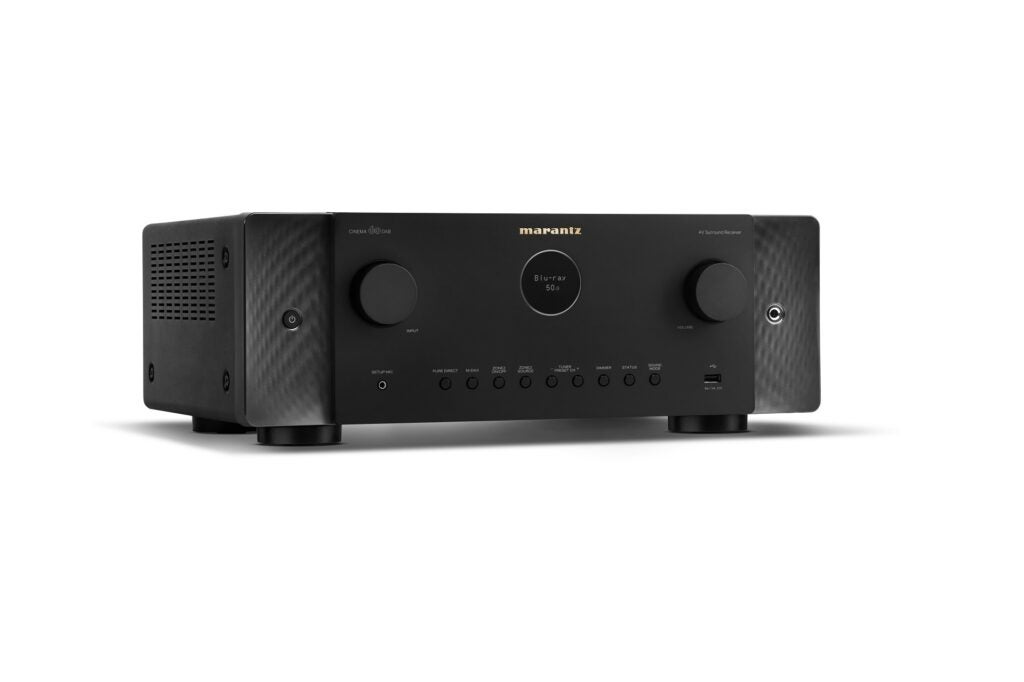
- £1249 / €1350 – £1299 / €1400
Moving further down the list, the Cinema 60 drops to a 7.2 channel, 100W per channel receiver that supports 8K resolutions. Marantz describes it as being suited to a dedicated home theatre or multi-purpose media room “of any size”. There’s no Dirac Live listed with this model, but like all the Cinema products Audyssey MultEQ XT is included for room equalisation. As you might have guessed, DAB radio features on the slightly more expensive DAB model.
Cinema 70
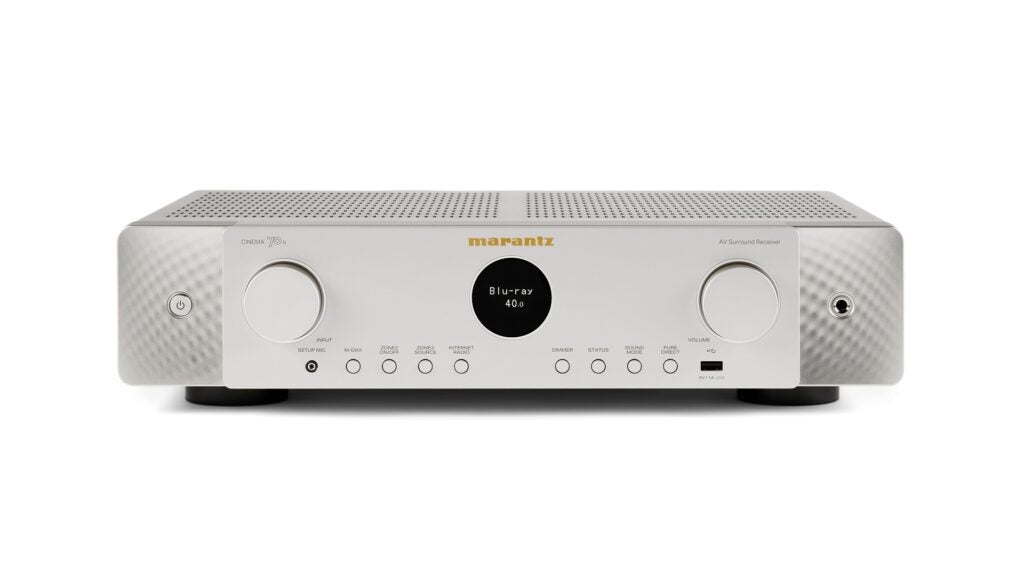
- £849 / €1,000
The last of the new Cinema range is the slimline Cinema 70 receiver. It’s a 7.2 channel, 50W receiver with 8K support that’s best suited for smaller living spaces or crowded AV racks. It replaces the NR1711 receiver and comes with the general features (Atmos, Audyssey, 8K & 4K passthrough) mentioned with the other products in the range.








